On March 2, 2025, Xiaomi founder Lei Jun showcased the magnetic external camera for the Xiaomi 15 series during a live broadcast. This seemingly simple accessory quickly became a hot topic in the tech community due to its M43 sensor, F1.4 aperture, and 35mm fixed focal length lens hardware configuration, as well as its magnetic connection and smartphone computational power utilization revolutionary design.
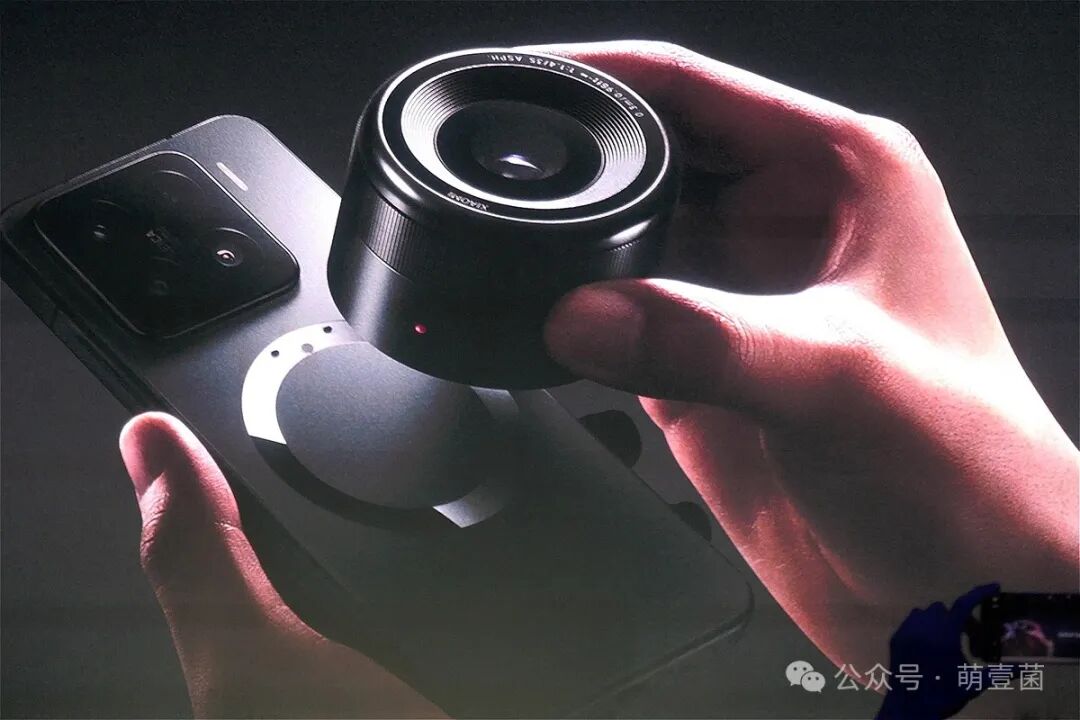
It not only redefines the boundaries of smartphone photography but may also trigger a profound transformation in the smartphone form factor and imaging ecosystem.
1. Technological Breakthrough: From ‘Built-in Components’ to ‘External Upgrades’
The Xiaomi magnetic external camera is equipped with a 100-megapixel M43 sensor (1.33 inches), which has an area 1.5 times larger than the mainstream 1-inch main camera in smartphones, increasing light intake by approximately 90%. A larger sensor means a higher dynamic range and lower noise, especially in low-light environments, where its F1.4 aperture combined with a 35mm fixed focal length lens can achieve a shallow depth of field effect similar to that of a DSLR.
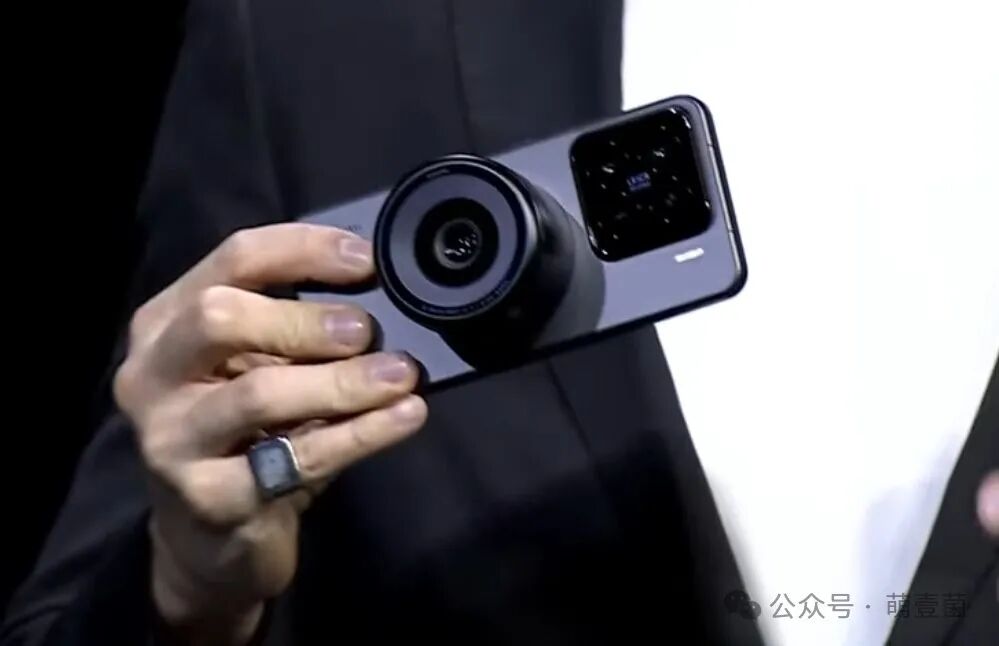
Compared to traditional smartphone cameras, the introduction of the M43 sensor directly breaks through the physical limitations of internal smartphone space. Previously, Sony’s QX series external lenses could not compete with professional cameras due to their insufficient sensor size (1/2.3 inches), but Xiaomi successfully bypassed the layout challenges of limited internal space through external modular design.
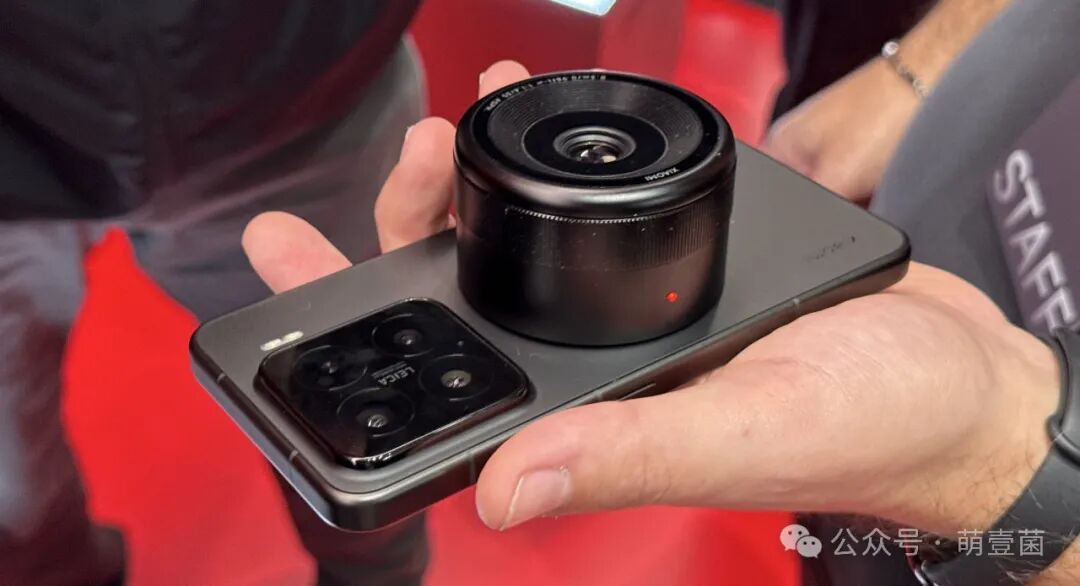
Xiaomi has achieved high-speed data interaction (up to 10Gbps) between the smartphone and the external camera through its self-developed LaserLink infrared laser transmission technology, completely solving the issues of latency and image quality compression that traditional external devices face when relying on Bluetooth or Wi-Fi. This technology allows the external camera to seamlessly utilize the smartphone’s AI capabilities (such as the Xiaomi AISP imaging brain), enabling real-time RAW format shooting and intelligent optimization, with response times comparable to built-in cameras.
Unlike Apple’s MagSafe ecosystem, which focuses on “wireless charging + light accessories,” Xiaomi’s magnetic interface is given a more professional mission:
-
Hot-swappable design: Users can attach or detach it at any time without restarting the phone;
-
Physical focus ring: Supports manual precise focusing, preserving the ritual of professional photography;
-
Power sharing: Powered by the phone’s reverse charging, eliminating the need for an additional battery. This design maintains portability while achieving “multi-use with one device”—keeping the phone slim for daily use and instantly transforming it into a professional device for shooting.
2. Market Positioning: Filling the Gap Between ‘Portability’ and ‘Professionalism’
Currently, there are three major contradictions in smartphone imaging:
-
Conflict between image quality and portability: The 1-inch main camera leads to bulky lens modules, affecting the feel;
-
Trade-off between functionality and cost: A super-large sensor increases the overall price, but most users do not require top-tier imaging all the time;
-
Lack of expandability: Built-in lens focal lengths are fixed, unlike DSLRs where lenses can be freely swapped. Xiaomi’s solution is “basic performance built-in, professional capabilities external”:
-
The standard version of the Xiaomi 15 retains conventional lenses to meet daily needs;
-
Professional users can achieve DSLR-level experiences through the external camera, at a cost far lower than purchasing a standalone camera.
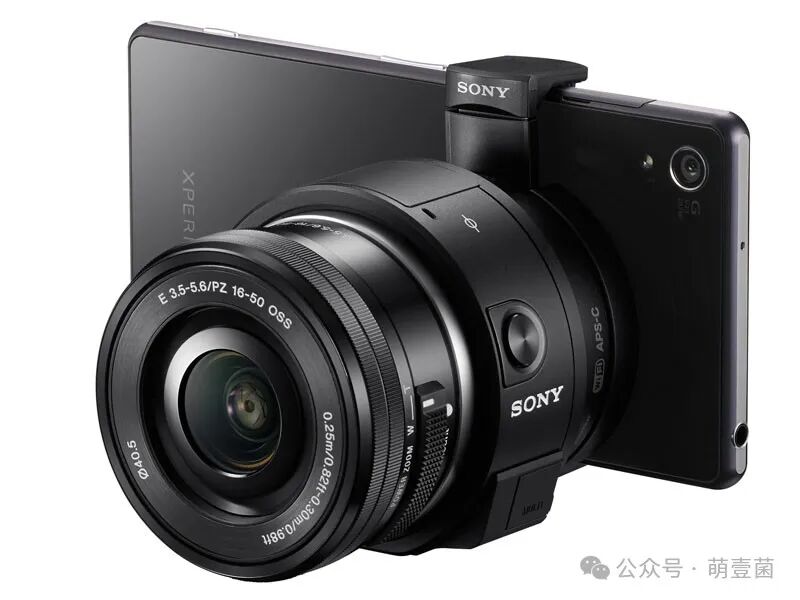
-
Compared to Apple/Samsung: Relying on algorithm optimization rather than hardware breakthroughs, their external ecosystem remains limited to low-tech accessories like power banks and card holders;
-
Compared to Sony’s QX series: Solved historical issues of small sensors, slow transmission, and cumbersome operation;
-
Compared to traditional camera manufacturers: Utilizing smartphone computational power to achieve “algorithmic compensation for hardware deficiencies,” surpassing in areas like real-time HDR and AI noise reduction.
3. Ecological Ambition: From ‘Single Product’ to ‘Imaging Platform’
Xiaomi officially refers to this technology as the “Modular Optical System”, suggesting that more lens modules may be launched in the future:
-
Focal length expansion: Ultra-wide angle, telephoto, macro, and other specialized lenses;
-
Function upgrades: Cinema-grade variable aperture, 8K video recording modules;
-
Cross-industry integration: Research-oriented accessories like infrared thermometers and microscopic photography. This approach is similar to the “interchangeable lens system” in the camera field, but with greater expansion potential relying on smartphone computational power and AI.
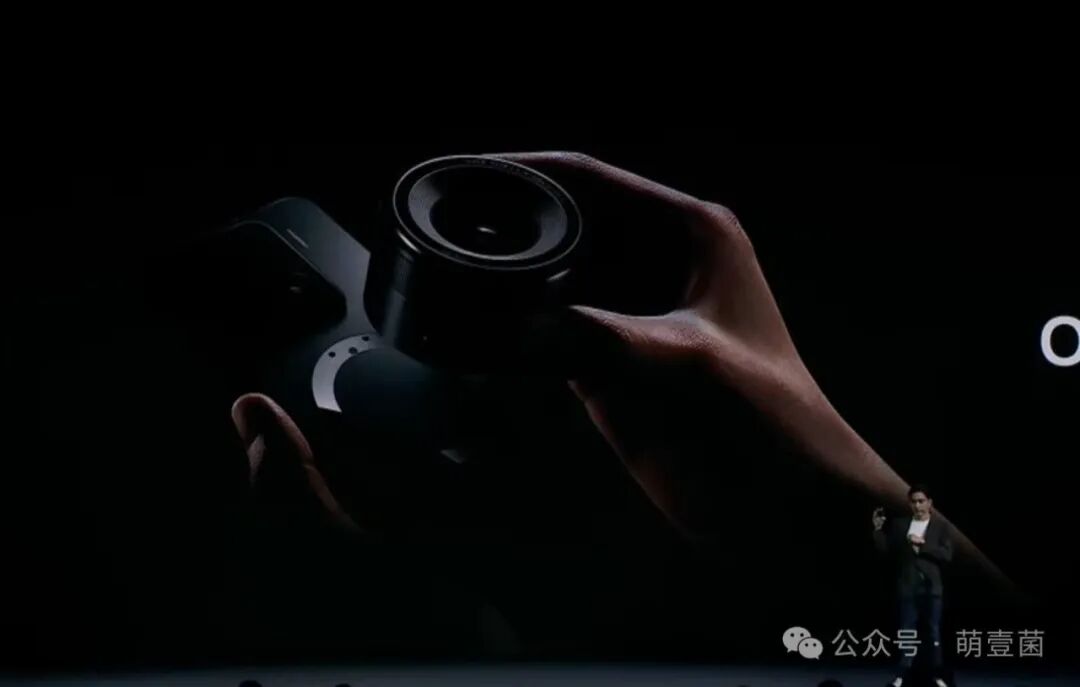
-
Hardware design liberation: Manufacturers do not have to sacrifice smartphone thickness and weight in pursuit of imaging performance;
-
Business model innovation: Shifting from “one-time phone sales” to “hardware + accessories + services” for continuous profit;
-
User segmentation operation: Meeting the needs of photography enthusiasts, vloggers, and other niche markets through external accessories, enhancing brand loyalty.
4. Challenges and Concerns: The Collision of Ideal and Reality
-
Heat dissipation issues: The M43 sensor may cause the phone to heat up during prolonged use, affecting performance;
-
Compatibility limitations: Currently only compatible with the Xiaomi 15 series, older models cannot use it;
-
Optical matching difficulties: The color consistency between the external lens and the built-in lens requires precise calibration.
-
Cost pressure: The M43 sensor and laser communication module may lead to high accessory prices (predicted to exceed 2000 yuan);
-
User habit cultivation: Will ordinary consumers be willing to carry extra devices for professional performance?
-
Supply chain challenges: Mass production yield and capacity assurance for precision optical components.
-
Data security: Does the laser communication frequency band require licensing?
-
Standardization competition: If each brand builds its own magnetic protocol, it may lead to fragmentation in the accessory ecosystem.
5. Future Outlook: The ‘Third Path’ of Smartphone Imaging
The significance of the Xiaomi magnetic external camera lies not only in providing a new shooting tool but also in exploring a new direction for smartphone development—modularity, professionalism, and contextualization. The potential chain reactions it may trigger include:
-
Camera manufacturers’ counterattack: Canon and Nikon may launch lightweight lenses compatible with smartphones;
-
The evolution of computational photography: Deep collaboration between external hardware and smartphone algorithms, giving rise to new forms of imaging technology;
-
Explosion of the accessory market: Third-party manufacturers developing compatible lenses, filters, and other derivatives.
Although this product is still in the pre-research stage and mass production time is uncertain, the imagination it showcases is already impressive. As Lei Jun stated, “The ultimate form of smartphone imaging is not to replace DSLRs but to open up an entirely new battlefield.” The outcome of this battle may determine the evolution direction of smartphones in the next decade.